NanoProof Solar Films
about us
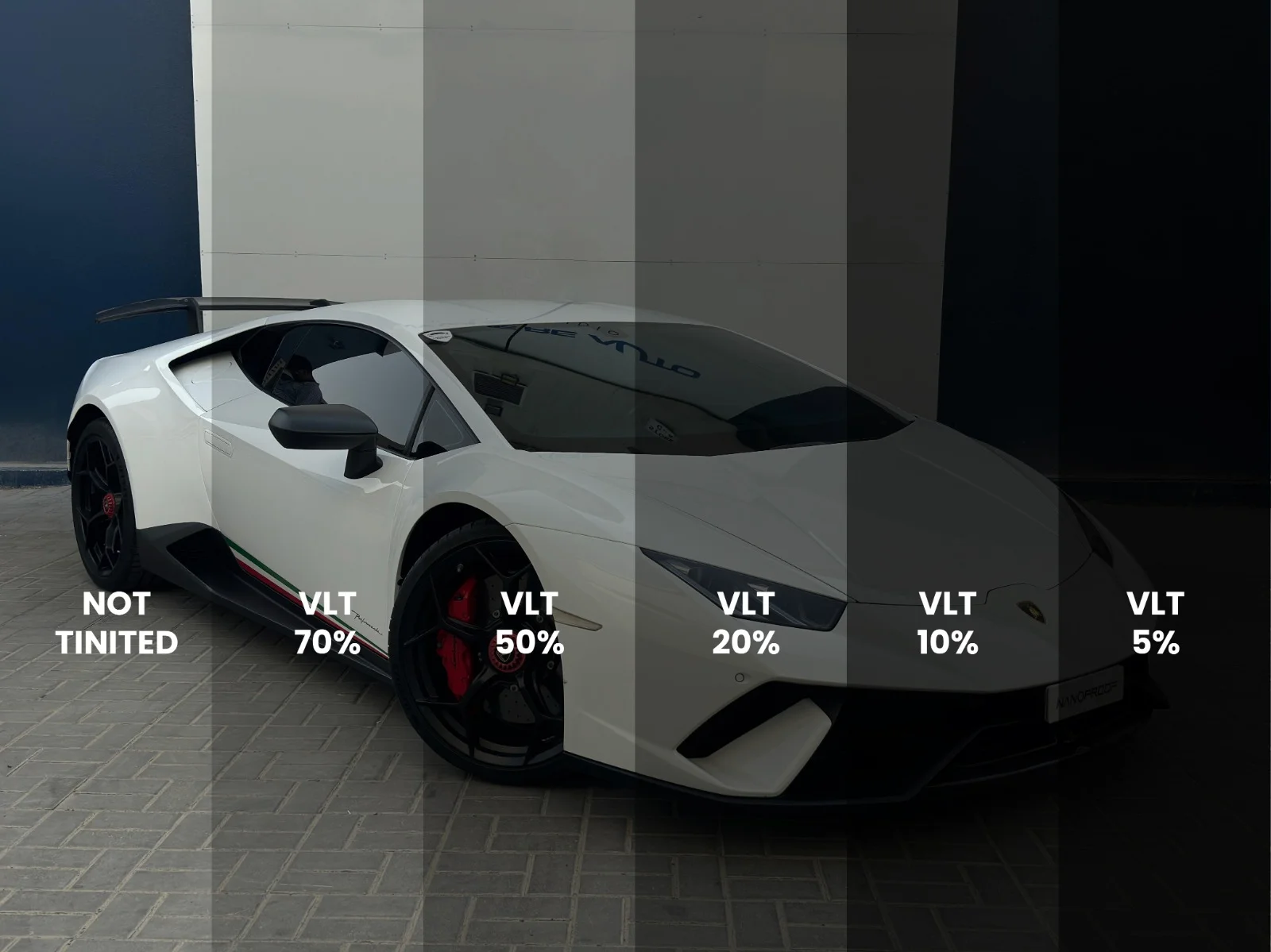
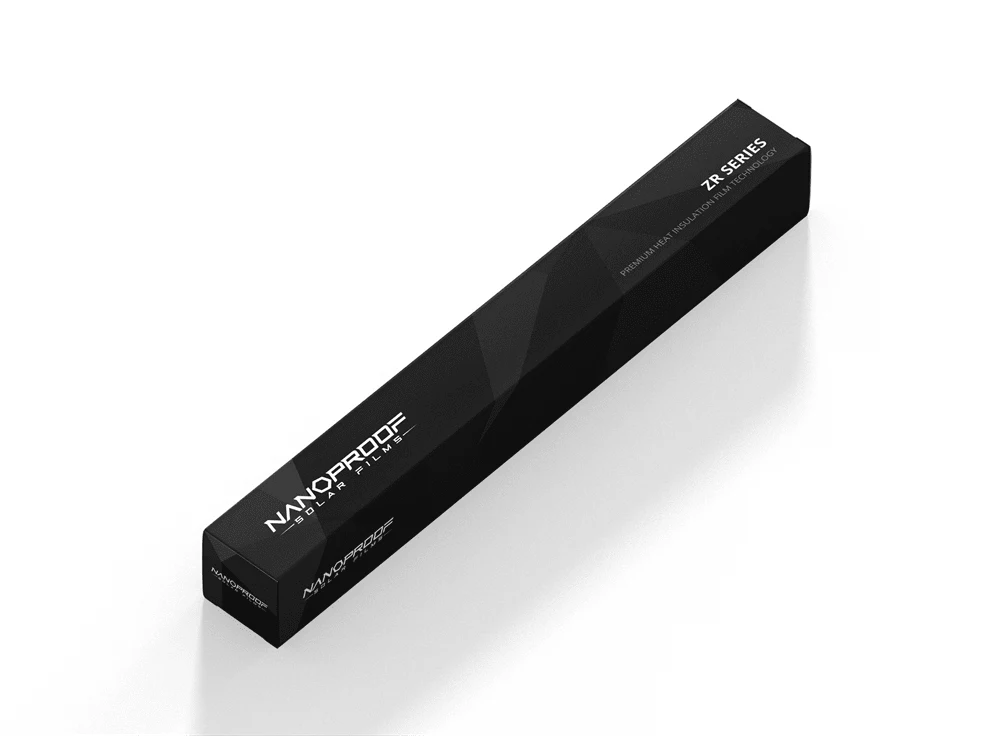
ZR Series
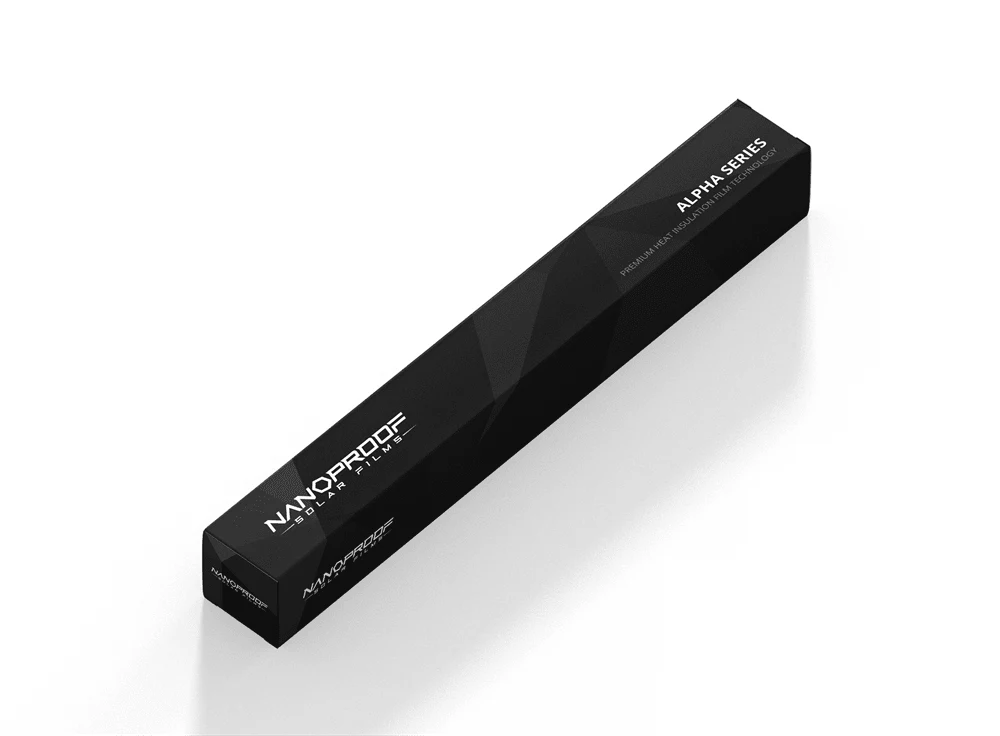
Alpha Series
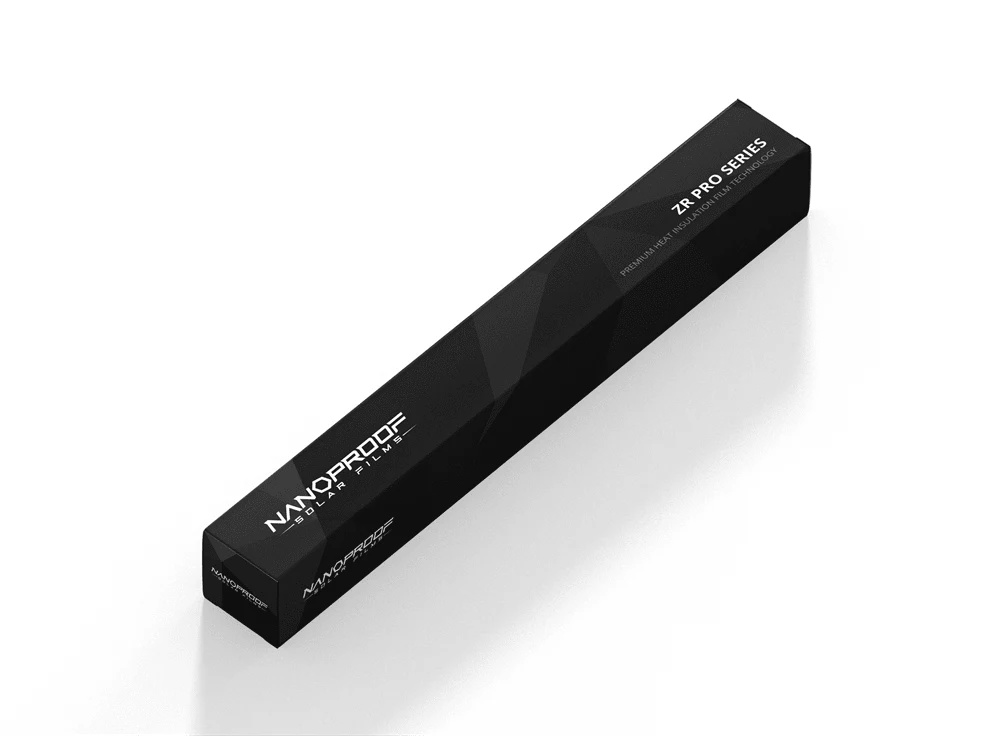
ZR Pro Series
Alpha series
(architectural)


Alpha Series

ZR Pro Series

ZR Series
ZR Pro series
(architectural)
The ZR PRO series consists of pure ceramic film with no added dye or metals. It achieves exceptionally high levels of heat rejection through absorbing the heat within the ceramic particles. The film is able to reject over 96.5% IRR across its VLT selection. One of its base components which helps it achieve its high performance is Titanium Nitride. As with all Nanoproof Solar Films series, the ZR PRO series offers 99% UV rejection.

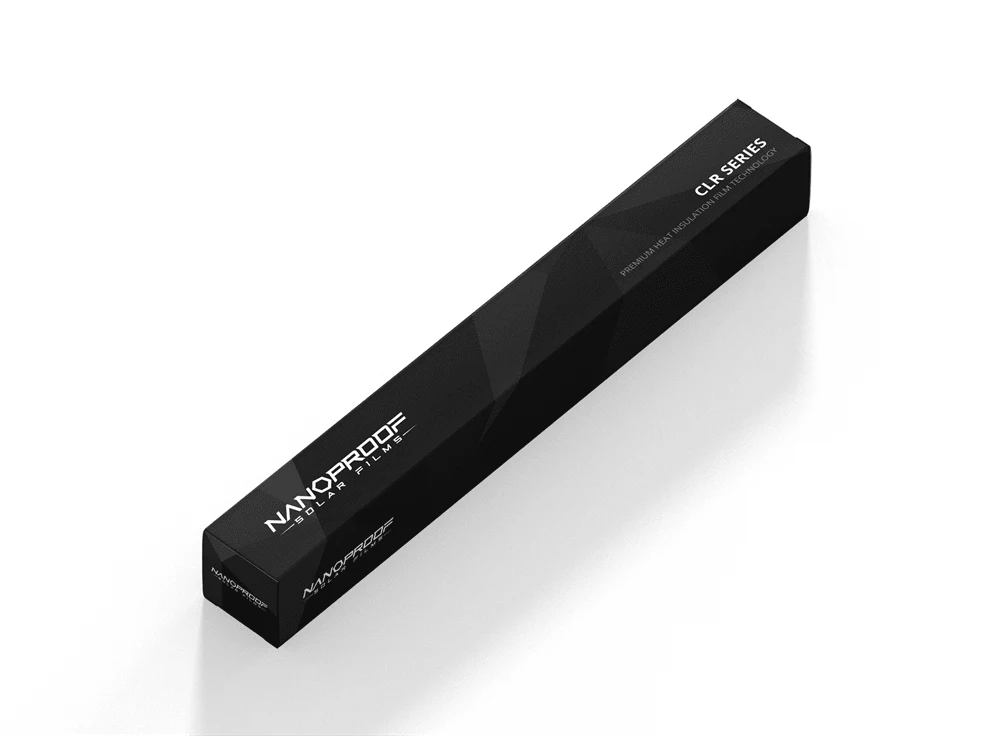
CLR Series

ZR Series
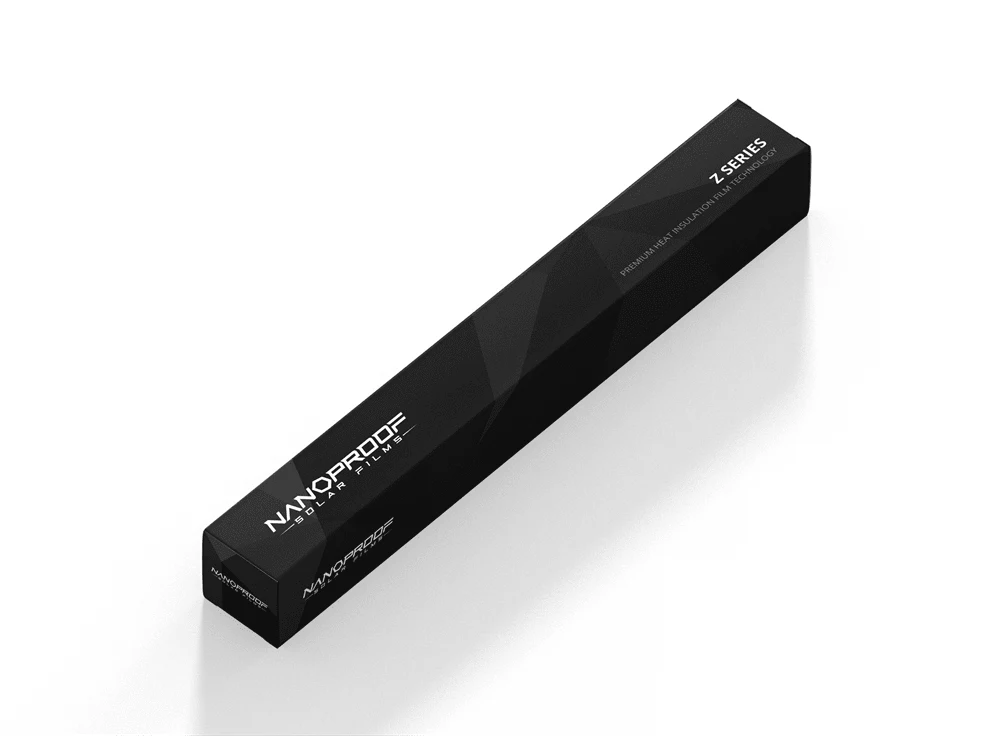
Z Series
ZR series
(automotive)


ZR Series

Z Series

CLR Series
Z series
(automotive)


Alpha Series

CLR Series

Z Series
CLR series
(automotive)
The Clear Series Film, as the name suggests, is a maximum VLT film, and is free from the Blue or Green Shade like other traditional film brands. It provides unbeatable heat rejection when compared to other market leading clear shade films, and offers 98% UV rejection, and 87% IR rejection in its clearest form.

gallery
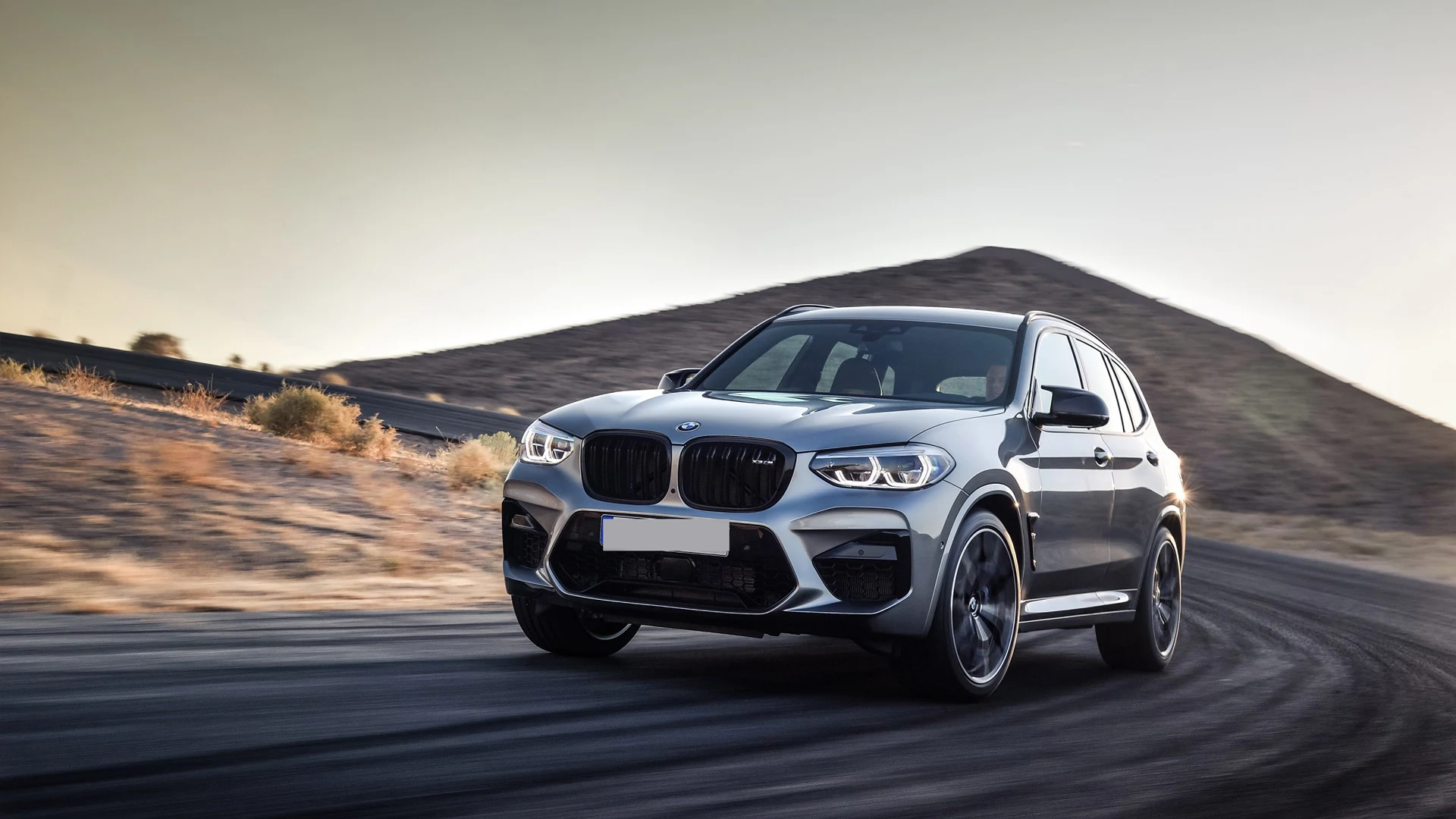
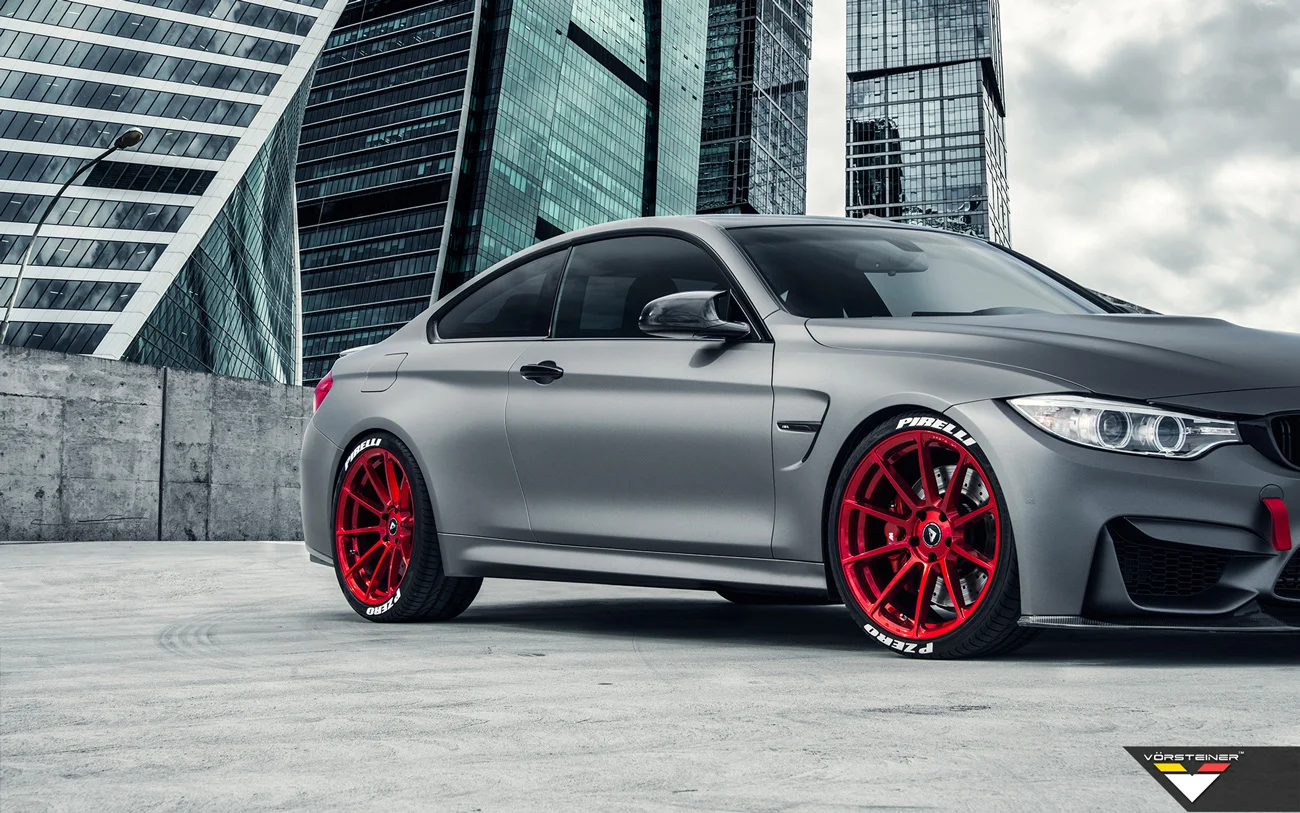
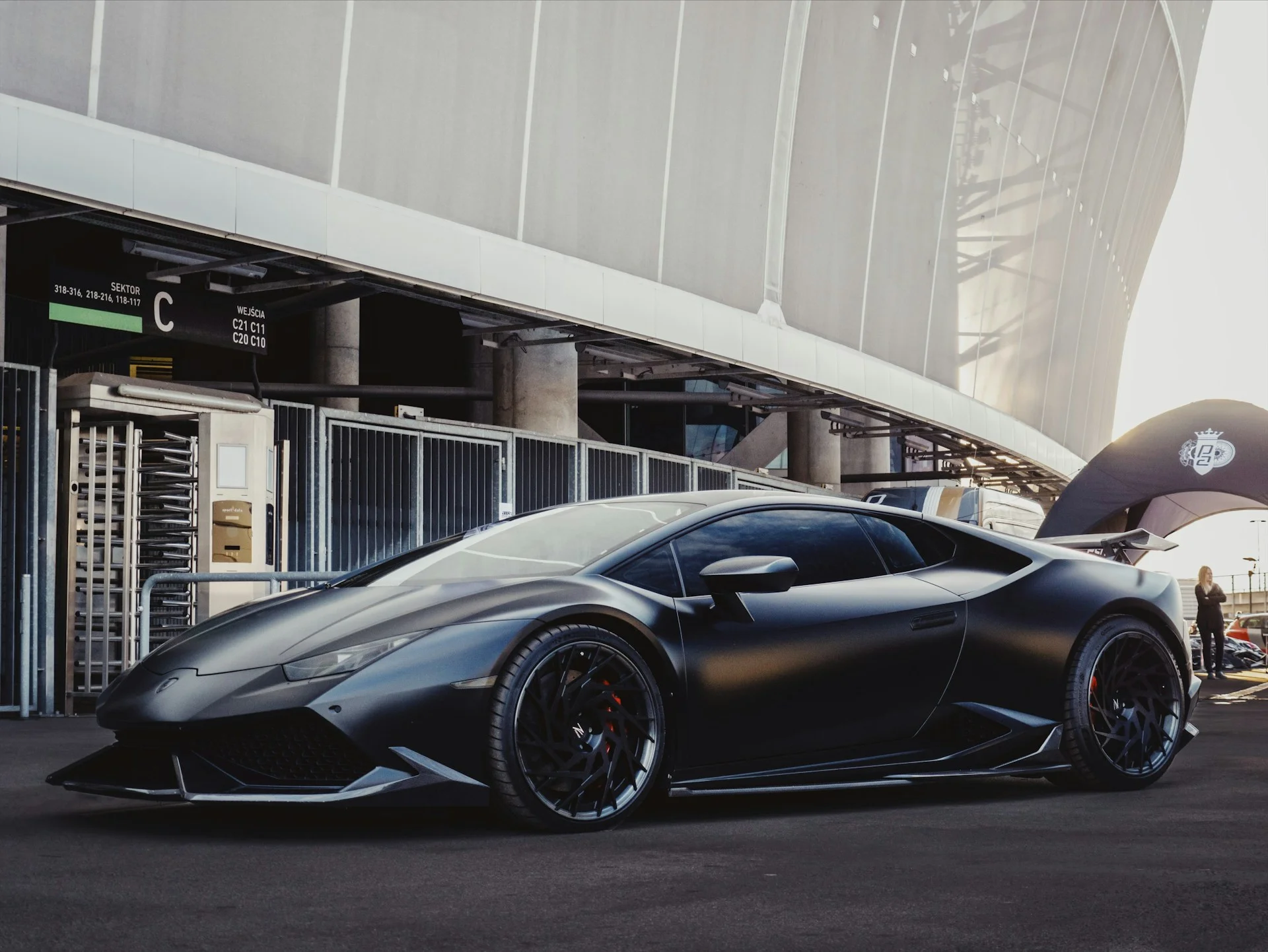
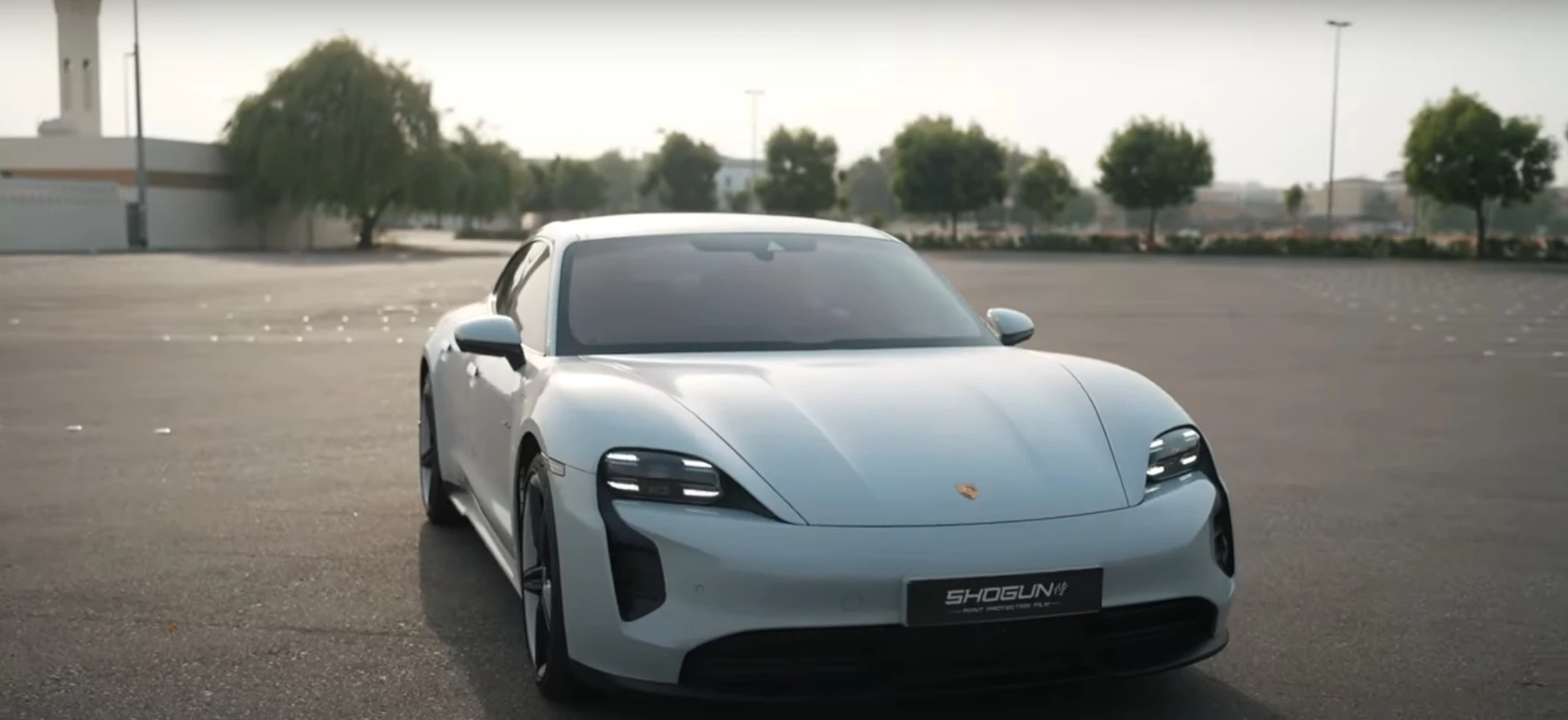
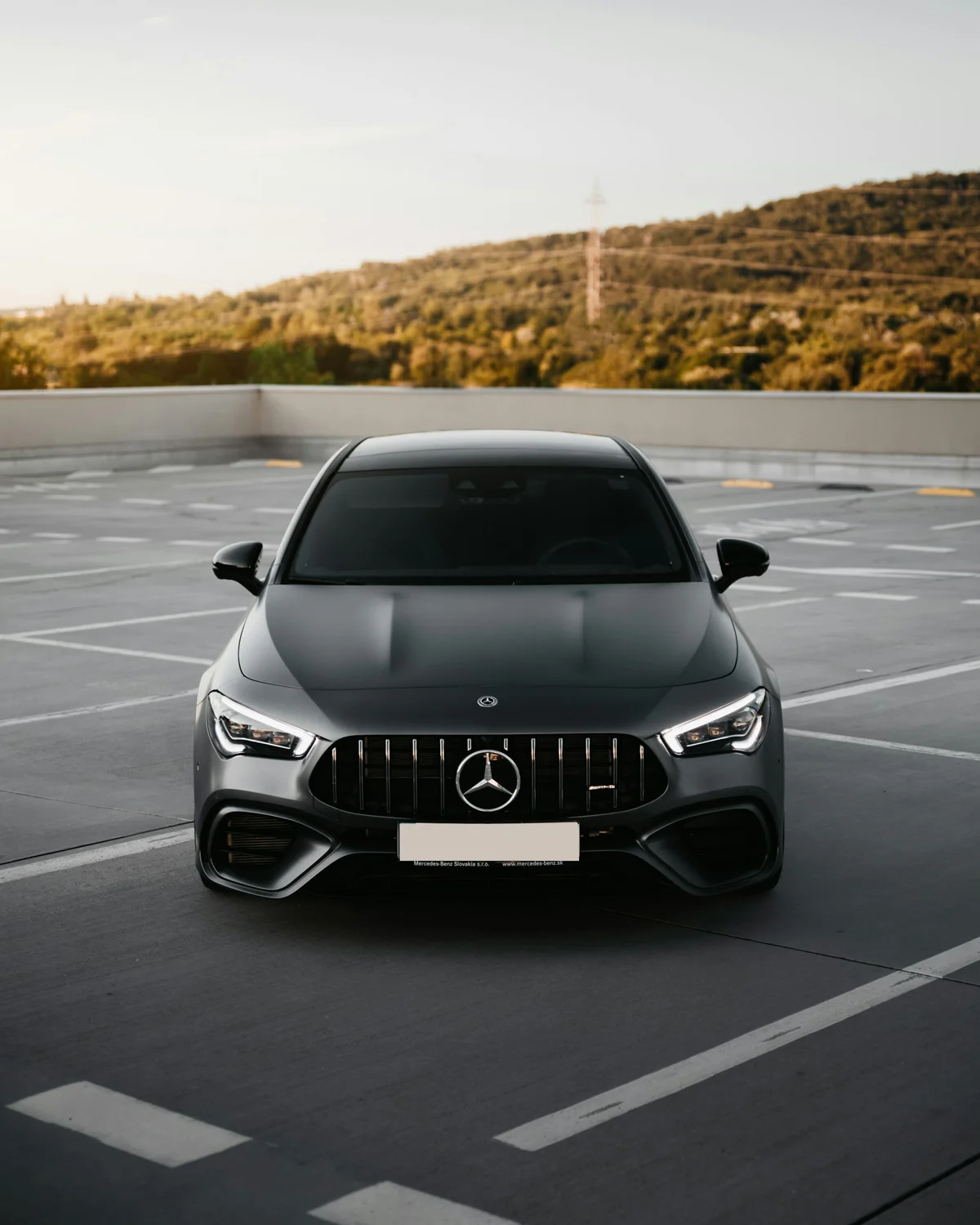
frequently asked questions
Many Solar Film companies use misleading metrics to promote the film's heat rejection capabilities like TSER (Total Solar Energy Rejected), which gives disproportionate weight to visible light rather than actual heat rejection.
The TSER formula typically follows this structure:
TSER = (0.44 × VLT) + (0.53 × IRR) + (0.03 × UVR)
As shown, 44% of the TSER value comes from visible light transmission (VLT), while infrared rejection (IRR)—which is more directly responsible for heat—is weighted at just 53%, and UV rejection only 3%. This can result in a film appearing to perform well on paper even if it’s ineffective at rejecting real thermal energy.
Scientifically, the infrared spectrum responsible for most solar heat gain extends from around 720nm to 2500nm, with the most impactful heat radiation occurring beyond 1400nm. Unfortunately, many manufacturers only report IR rejection over a narrow band (typically 900–1000nm), which doesn’t reflect real-world performance but is rather used to show favorable misleading results. At our company, we take a more transparent and scientifically accurate approach by measuring IR rejection across the full solar IR spectrum—up to nearly 3000 nanometers. This gives our clients a far clearer picture of true heat-blocking capability, particularly in demanding environments like the GCC.
Our top tier films have undergone a stringent Volatile Organic Compound (VOC) Test:
These films achieved a VOC emission level of 0.0095 mg/cm², which is five times lower than the allowable rate of 0.05 mg/cm². This exceptionally low rate not only reflects superior material quality but also indicates enhanced thermal stability. As a result, the film is significantly more durable under heat exposure and better able to maintain its insulation performance over time, making it a reliable and long-lasting choice for both automotive and architectural applications.
- Dyed Film: Offers basic privacy and glare reduction.
- Metalized Film: Provides increased heat reduction and durability.
- Carbon Film: Offers superior heat reduction without metal interference.
- Ceramic Film: Provides the best performance in terms of heat reduction, UV protection, and clarity
Quality window tints can last anywhere from 5 to 10 years, depending on the type of film and how well it is maintained.
While DIY kits are available, professional installation is recommended for the best results and to ensure compliance with local laws.
High-quality tints, especially ceramic and carbon films, are designed to provide excellent visibility while reducing glare. However, extremely dark tints can impact visibility, especially at night.
- Avoid rolling down the windows for a few days after installation.
- Clean with a mild soap and water solution using a soft cloth.
- Avoid abrasive cleaners and tools that can scratch the film.